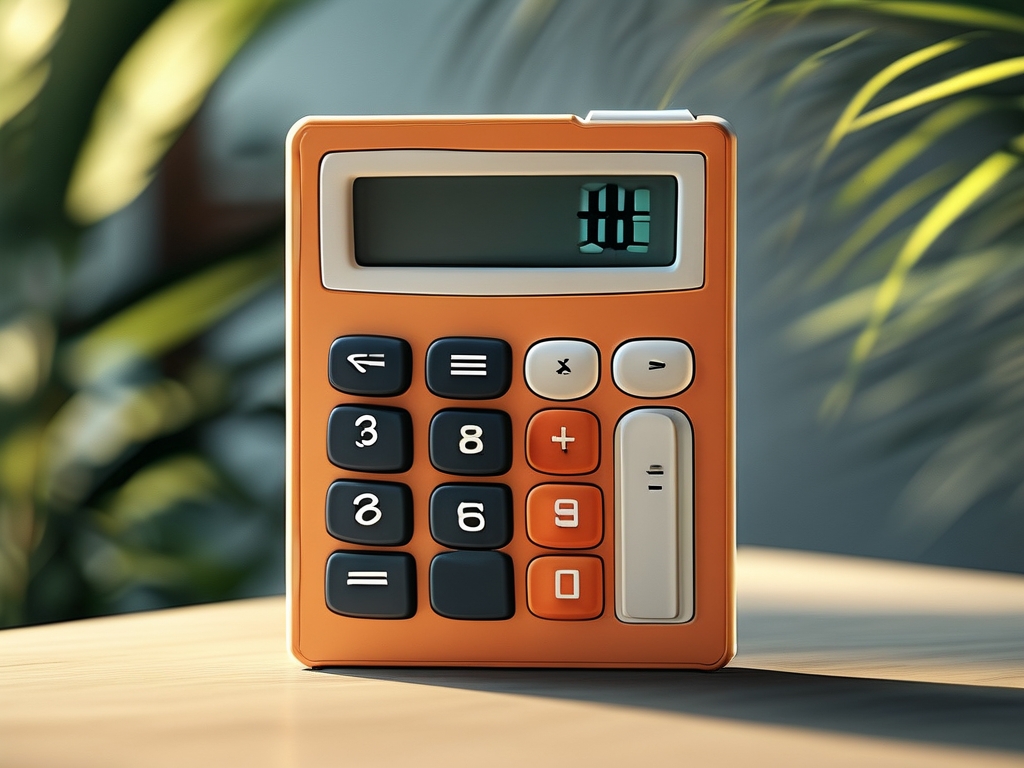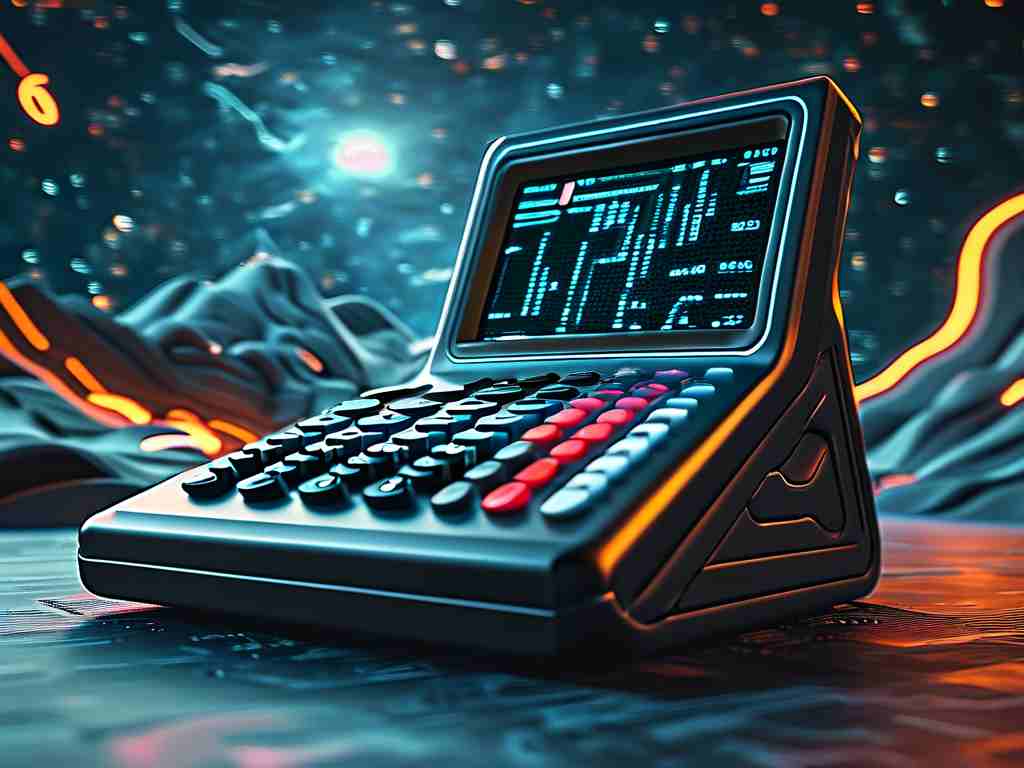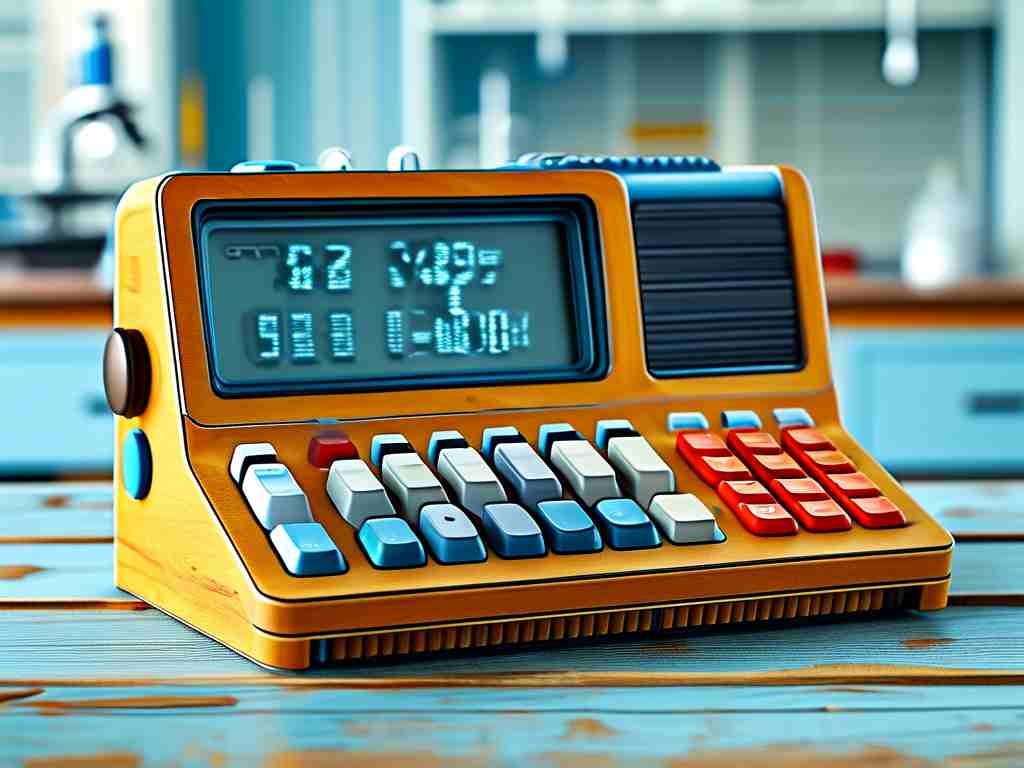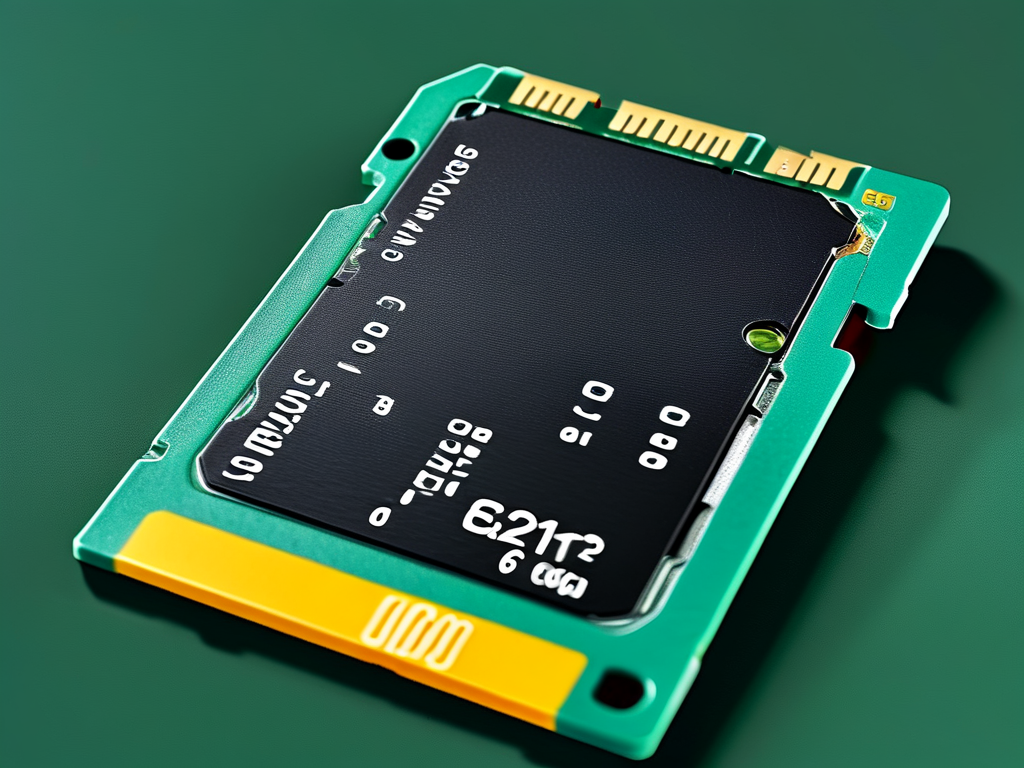For decades, scientific calculators have been essential tools for students, engineers, and professionals. A recurring question among users is whether these devices support external memory cards for data storage. This article explores the technical capabilities of modern calculators, their storage options, and practical alternatives for managing complex calculations.
Most standard scientific calculators, including popular models like the Casio fx-991EX or Texas Instruments TI-30X, do not include memory card slots. These devices typically rely on built-in flash memory to store user-defined formulas, constants, and calculation histories. For example, the Casio fx-991EX offers 4KB of memory, sufficient for storing up to 40 metric conversions or 20 custom formulas—adequate for routine academic use but limited for advanced applications.
The absence of memory card support stems from design priorities. Scientific calculators prioritize portability, battery efficiency, and cost-effectiveness over expandable storage. Adding SD card slots would increase device thickness, require additional power management, and raise manufacturing costs. However, some graphing calculators blur these boundaries. The HP Prime G2, for instance, includes 256MB of internal storage and supports file transfers via USB, though it still lacks native memory card compatibility.
Professionals requiring extensive data storage often use hybrid solutions. Certain programmable calculators allow synchronization with cloud services or computer software. A user might write Python scripts on a Casio fx-CG50, save them to the 16MB internal memory, then export results to a PC via USB. This workflow mimics memory card functionality without physical media.
Educational institutions have influenced this design philosophy. Standardized testing regulations frequently prohibit external storage devices to prevent cheating. The College Board’s AP exam guidelines explicitly ban calculators with "QWERTY keyboards or memory expansion capabilities," cementing manufacturers’ focus on self-contained systems.
For specialized use cases requiring massive data storage, industrial calculators and handheld scientific computers fill the gap. Devices like the SwissMicros DM42, designed for engineering applications, offer 2MB of user-accessible memory—equivalent to storing approximately 500,000 data points. While still lacking card slots, their expanded internal storage accommodates complex datasets for fieldwork.
The rise of smartphone calculator apps has introduced new storage paradigms. Apps like PCalc (iOS) and RealCalc (Android) leverage smartphone storage capabilities, allowing users to save calculations to device memory or cloud accounts. However, these lack the tactile feedback and exam compliance of dedicated hardware calculators.
Future developments may bridge this gap. Prototype calculators with Bluetooth Low Energy connectivity have demonstrated wireless data transfer to secondary devices. Imagine solving differential equations on a calculator and instantly exporting results to a smartphone notes app—all without manual transcription. While not equivalent to memory card support, such innovations address core user needs.
When selecting a calculator, consider your storage requirements carefully. For high school mathematics, built-in memory suffices. Engineering students analyzing large datasets might prefer programmable models with USB connectivity. Researchers conducting field studies could benefit from ruggedized calculators with expanded internal storage, even without card slots.
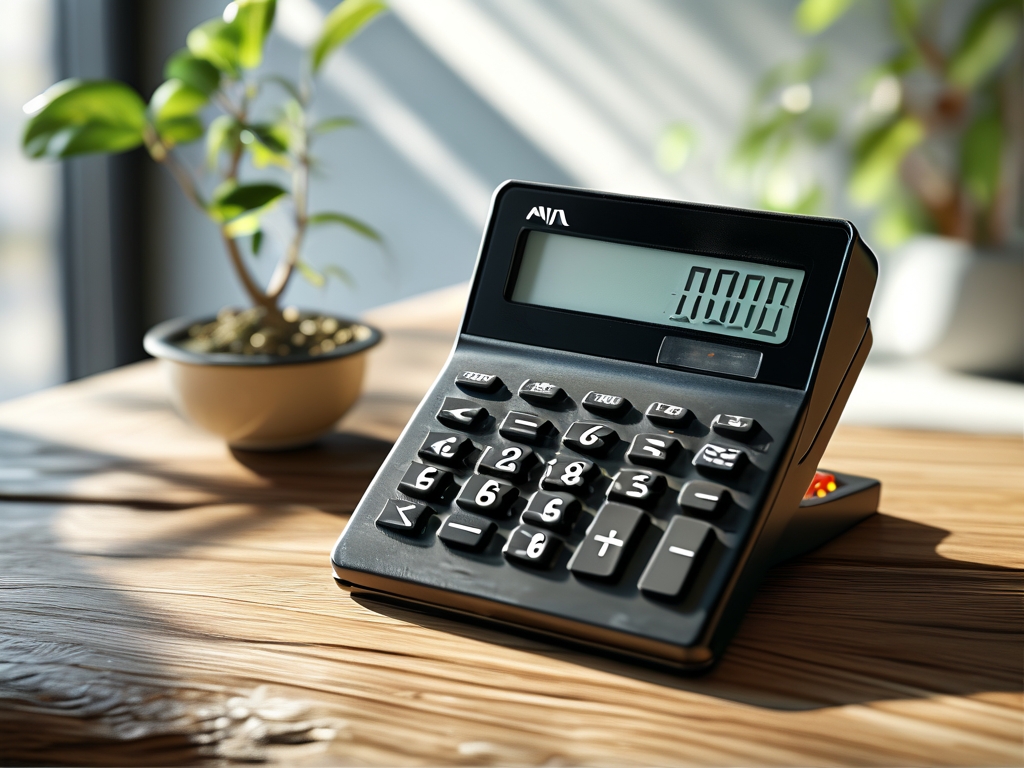
Manufacturers continue to balance user demands with practical constraints. As one Casio engineer explained in a 2023 interview: "We’ve prototyped SD-compatible models, but education sector pricing expectations make this challenging." Until material science breakthroughs enable cheaper, smaller memory interfaces, most users will rely on calculator-to-computer transfers for heavy data tasks.
In , while traditional scientific calculators don’t support memory cards, modern alternatives provide sufficient storage through enhanced internal memory and connectivity features. Understanding these options helps users choose devices that best align with their computational needs and workflow requirements.
